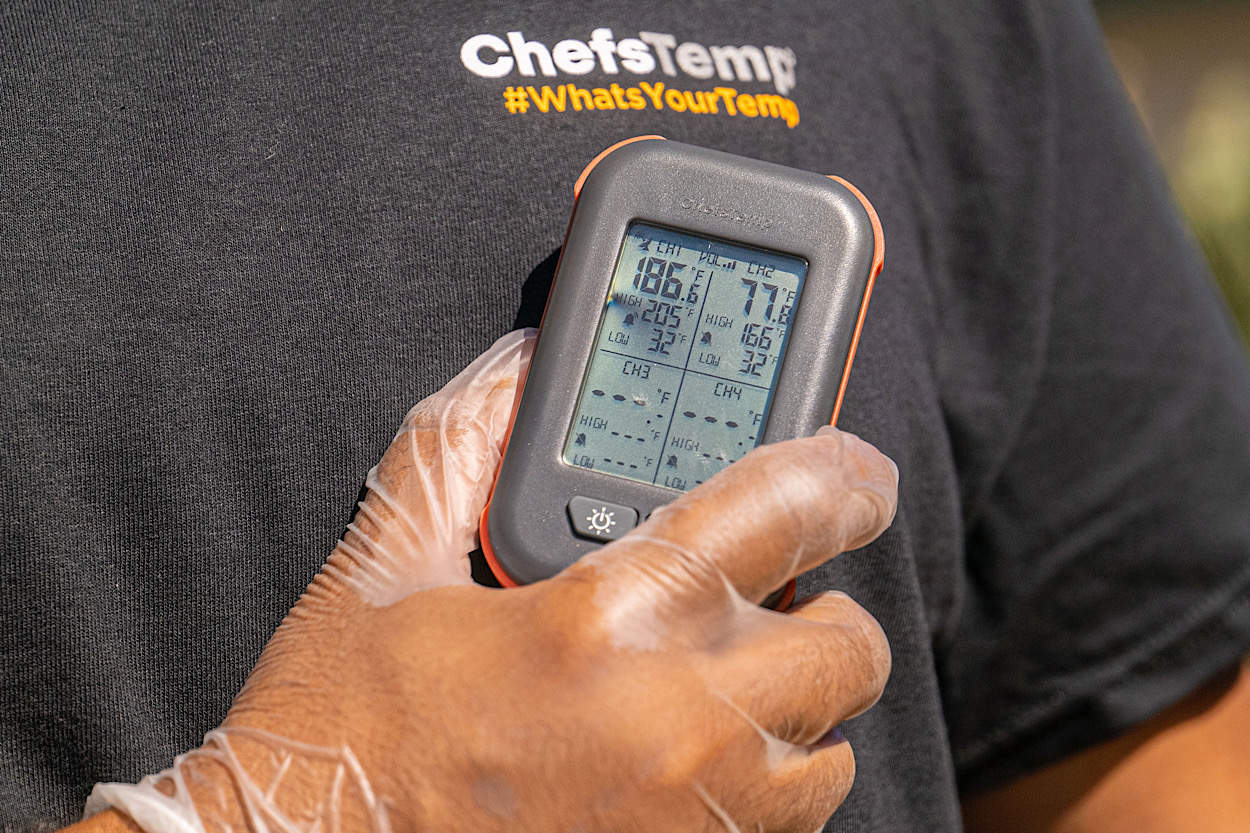
Recommended Temperatures
When talking about “doneness” everyone has his or her preference. One man’s “medium rare” is another man’s “raw.” Most recommended temperatures you find online come from the stance of Food Safety, which tend to sway on the side of caution and result in final temperatures for meats and other foods being as much as ten or fifteen degrees (Fahrenheit) higher than what some foods truly need to be cooked at.
After researching and talking to food experts from around the world, we have create a Recommend Temperatures chart that you can use to cook your next meal to the perfect temperature.
| Beef, Veal & Lamb Roasts, Steaks & Chops |
Rare 120-130°F* 49-54°C |
Med. Rare 130-135°F* 54-57°C |
Medium 135-145°F * 57-63°C |
Med. Well 145-155°F* 63-68°C |
Well Done 155°F-up* 68°C-up |
|---|---|---|---|---|---|
| Pork Roasts, Steaks & Chops |
USDA-Done 145°F * 63°C |
Well Done 150°F-up* 66°C-up |
|||
| BBQ Brisket, Ribs, & Pork Butt |
Done 190-205°F 88-96°C |
* These temperatures are ideal peak temperatures.
Meats should be removed from heat several degrees lower and allowed to rise during resting.
** Our recommended temperatures are consistent with many expert sources for taste and safety. USDA recommended temperatures are 5 to 10°F (2 to 5°C) higher.
Minimum Done Temps for Food Safety
| Ground Meat: Beef, Veal, & Sausage* |
160 F 71 C |
|---|---|
| Ham (raw) | 160 F 71 C |
| Ham (pre-cooked) | 140 F 60 C |
| Egg dishes | 160 F 71 C |
| Casseroles & Leftovers | 165 F 74 C |
| Chicken, Turkey & Duck (whole or pieces)* |
165 F 74 C |
|---|---|
| Poultry Dark Meat** | 175 F 79 C |
| Stuffing (in the bird) | 165 F 74 C |
| Tuna, Swordfish & Marlin** | 125 F 52 C |
| Other Fish** | 140 F 60 C |
Water Temps (at sea level)
| Poach | 160-180 F 71-82 C |
|---|---|
| Low Simmer | 180 F 82 C |
| Simmer | 185 F 85 C |
|---|---|
| Slow Boil | 205 F 96 C |
| Rolling Boil | 212 F 100 C |
Other Food Temps
| Bread: Rich Dough | 190-200 F 88-93 C |
|---|---|
| Bread: Lean Dough | 200-210 F 93-99 C |
| Water temp to add active dry yeast | 105-115 F 41-46 C |
| Butter: Chilled | 35 F 2 C |
|---|---|
| Butter: Softened | 60-67 F 16-19 C |
| Butter: Melted & Cooled |
85-90 F 29-32 C |
Candy or Sugar Syrup Temps (at sea level)
| Thread | 230-234°F (110-112°C) | Syrup |
|---|---|---|
| Soft Ball | 234-240 F (112-116 C) | Fondant, Fudge & Pralines |
| Firm Ball | 244-248 F (118-120 C) | Caramels |
| Hard Ball | 250-266 F (121-130 C) | Divinity & Nougat |
| Soft Crack | 270-290 F (132-143 C) | Taffy |
| Hard Crack | 300-310 F (149-154 C) | Brittles, Lollipops & Hardtack |
| Caramel | 320-350 F (160-177 C) | Flan & Caramel Cages |
3 Comments
Comments are closed.
Discover Other ChefsTemp Products
Discover more recipes and learn kitchen tricks by joining our cooking family on Facebook.
You may also like:
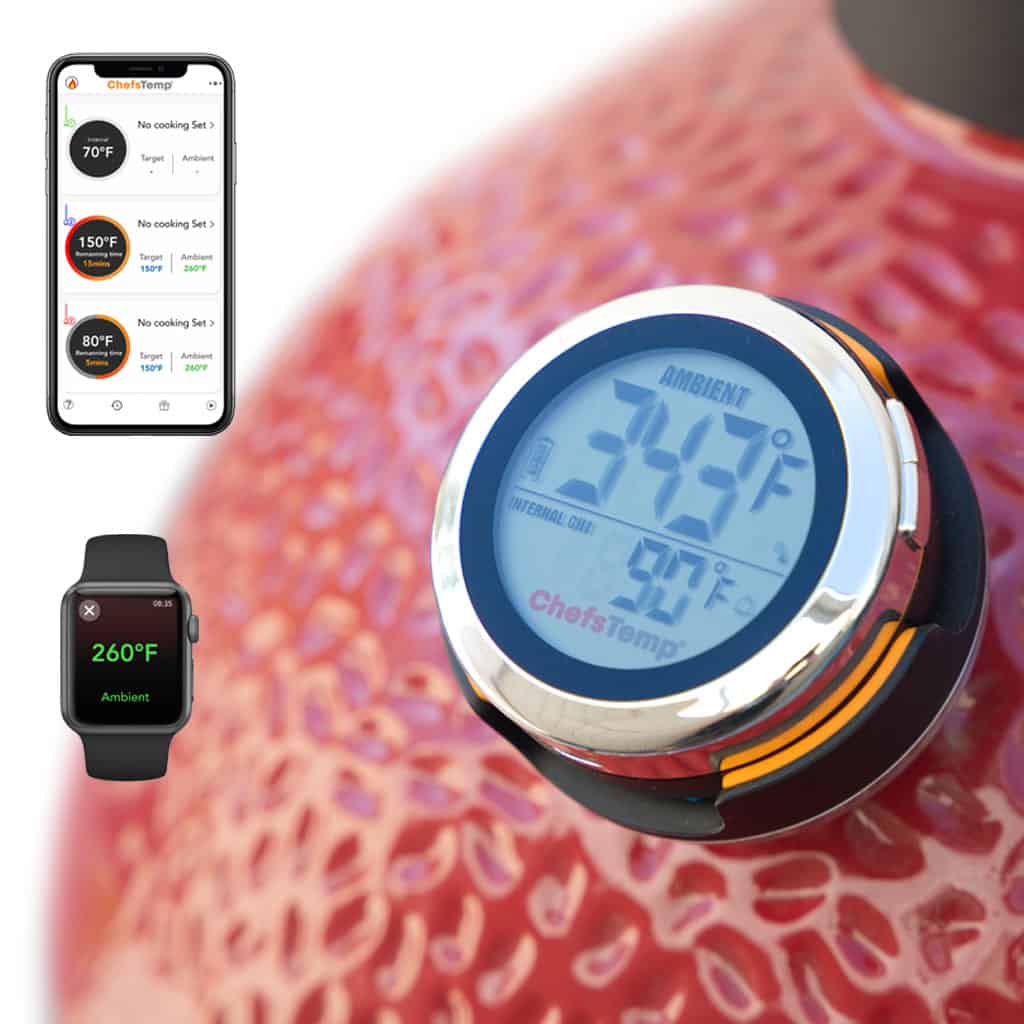
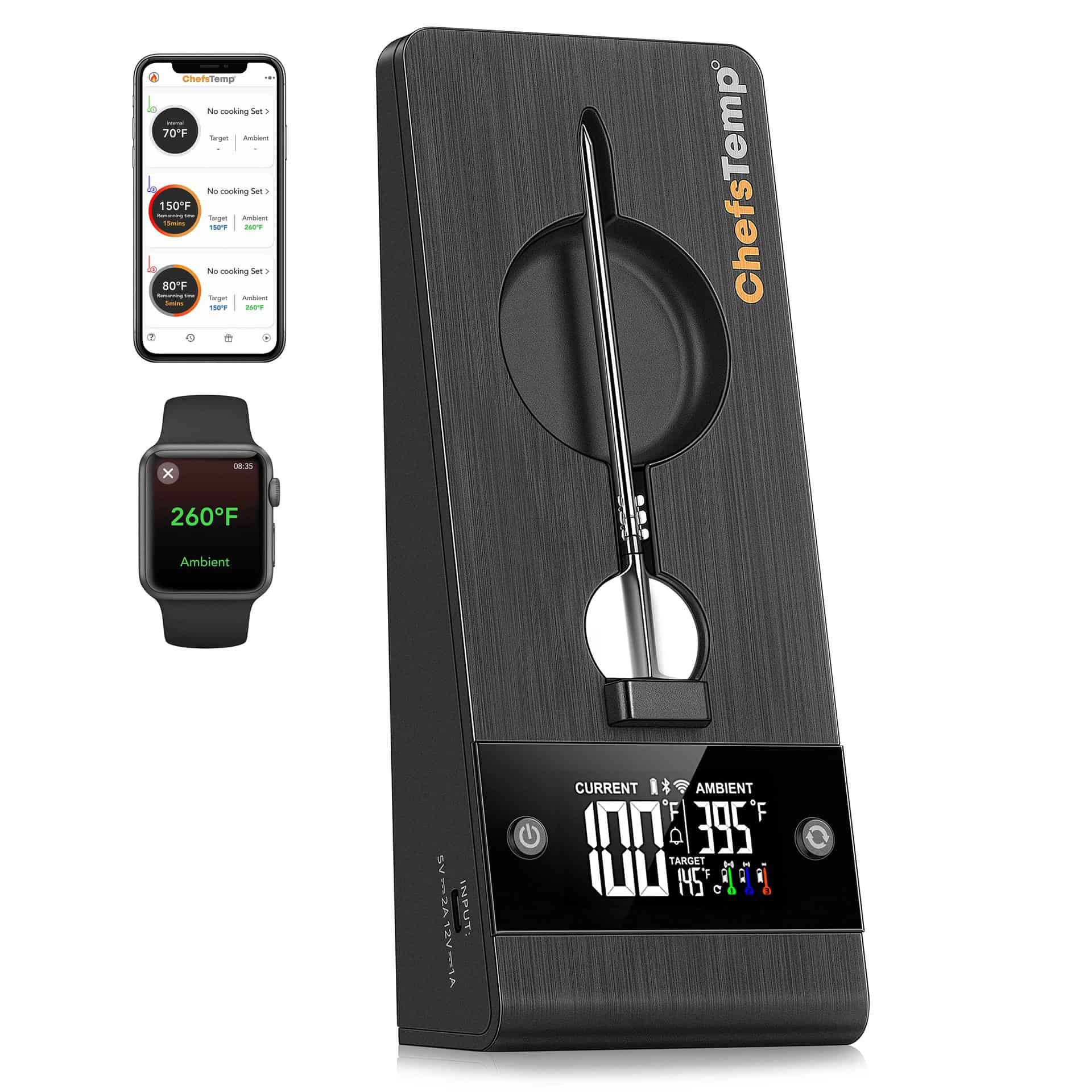
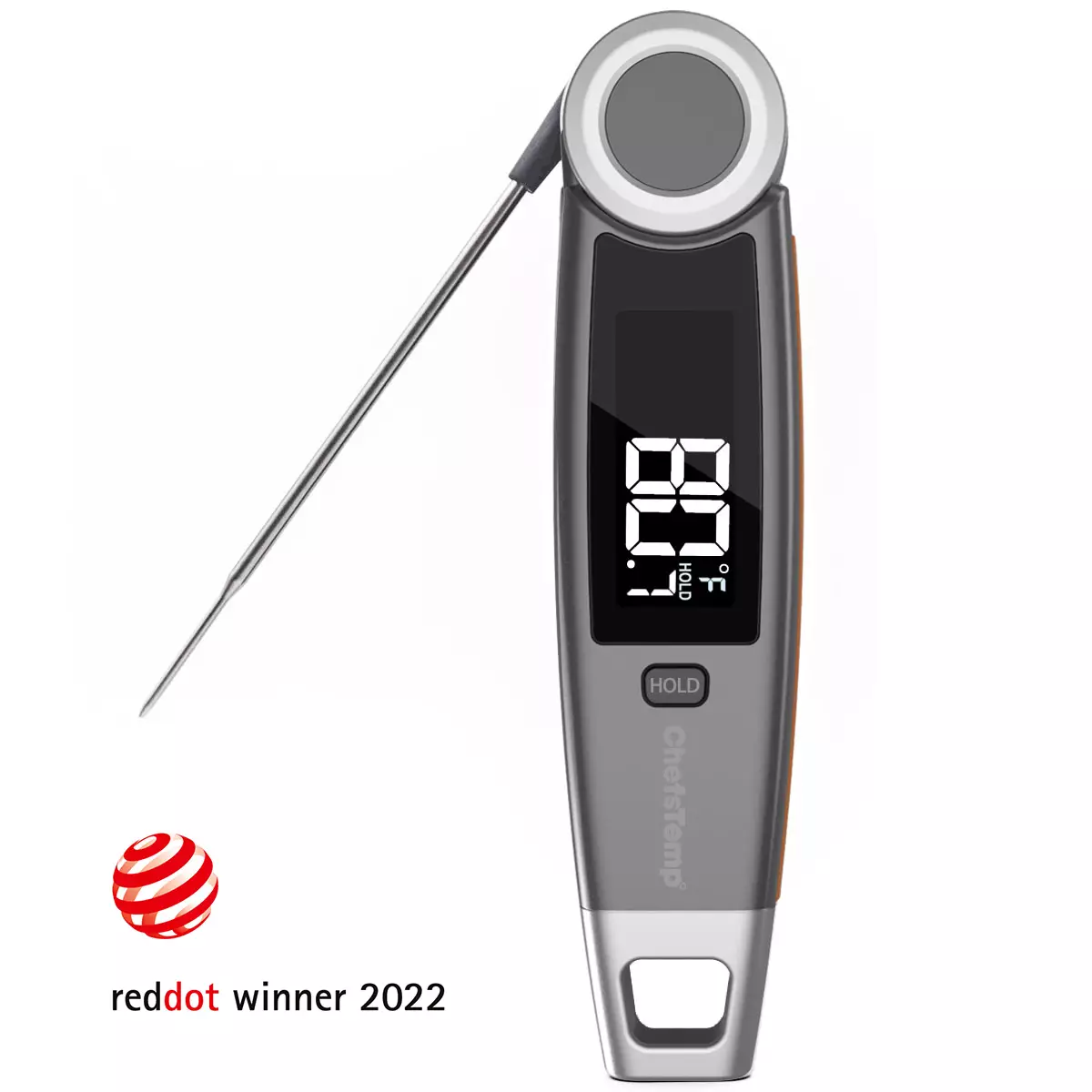
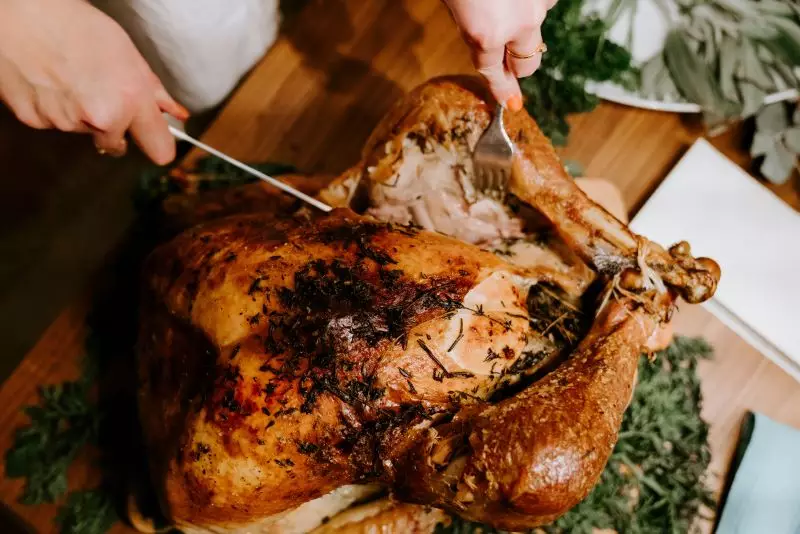
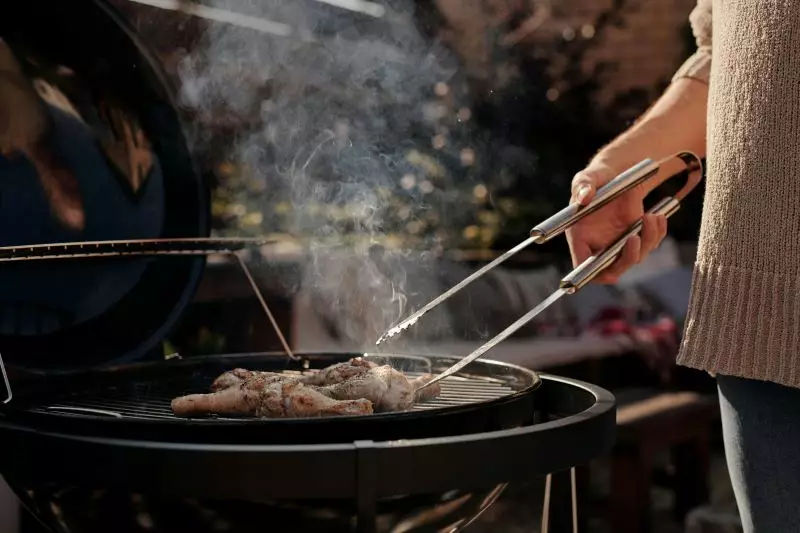
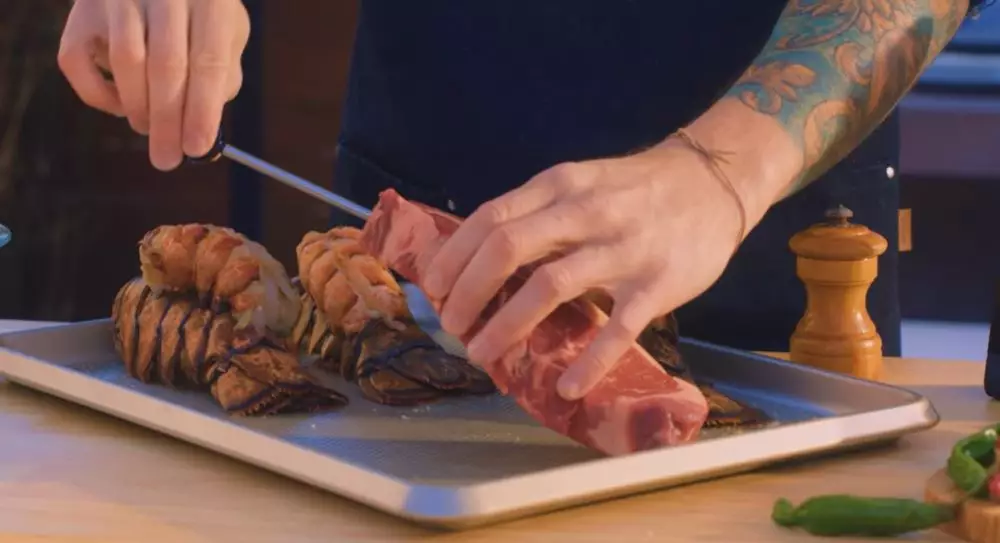
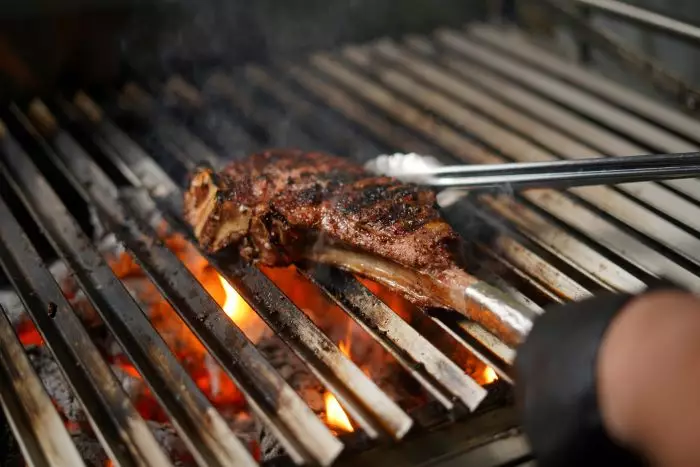
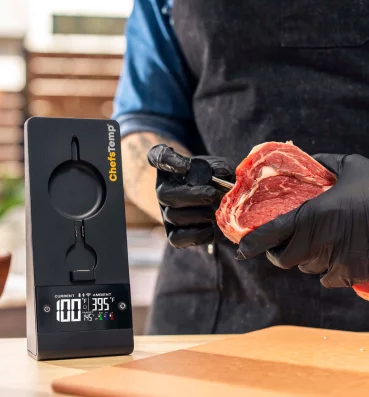
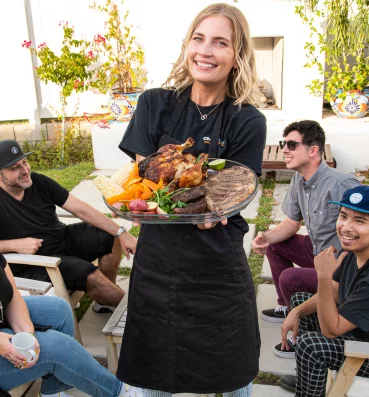

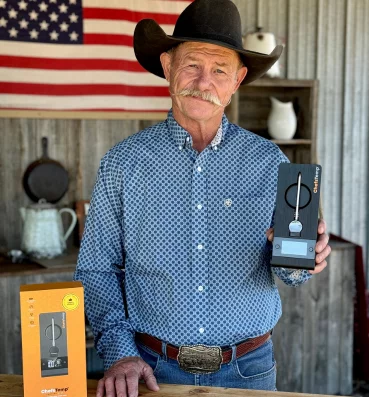
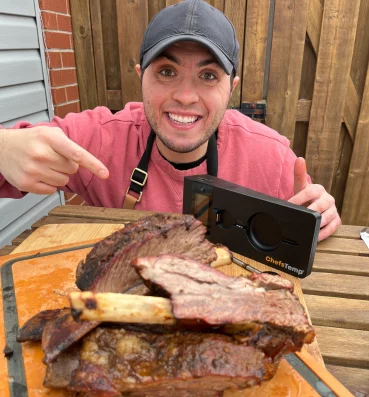
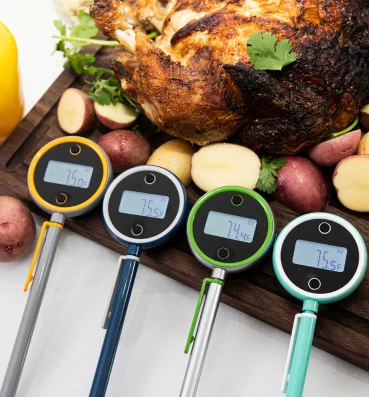
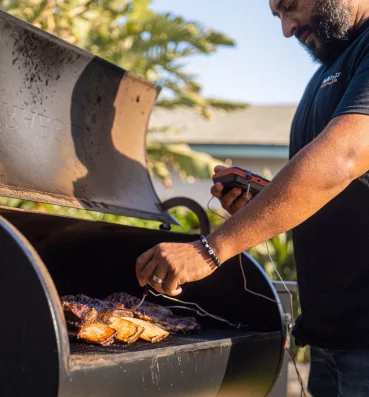
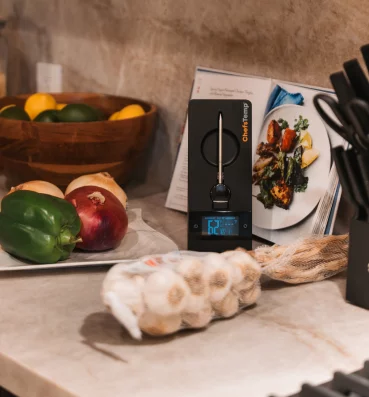

[…] and the dark chicken meat. The internal temp to cook each one to is slightly different. The USDA recommends cooking white chicken meat to 165 degrees F, and dark chicken meat to 175 degrees […]
[…] degrees F. Whether cooking salmon, lobster, crab, or cod, remember not to go beyond the USDA’s recommended temp. This is regardless of the degree of doneness you wish to […]
[…] Once you set up the top grill grates, you have to place your meat on the opposite side of where the coals are piled. In this way, the meat will slow-cook with indirect heat to yield tender and juicy pieces of meat. Keep the grill covered to ensure smooth temperature. […]